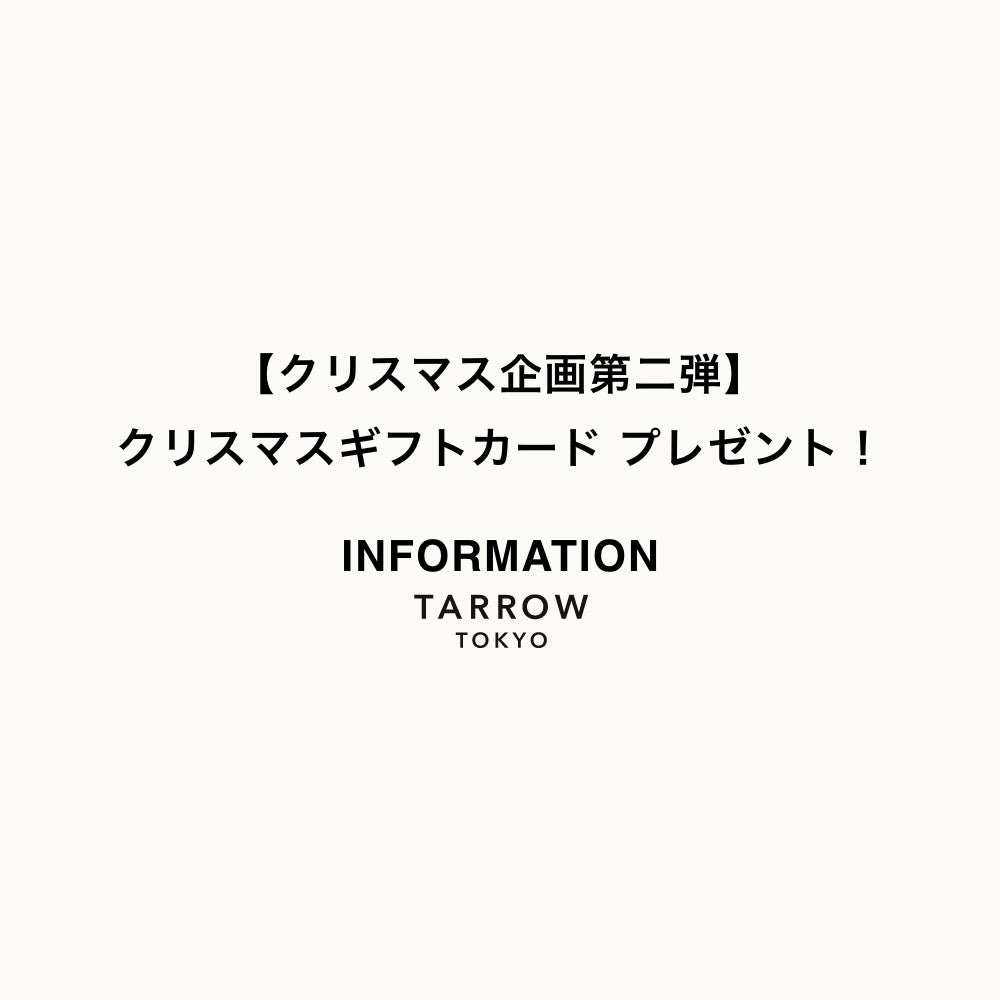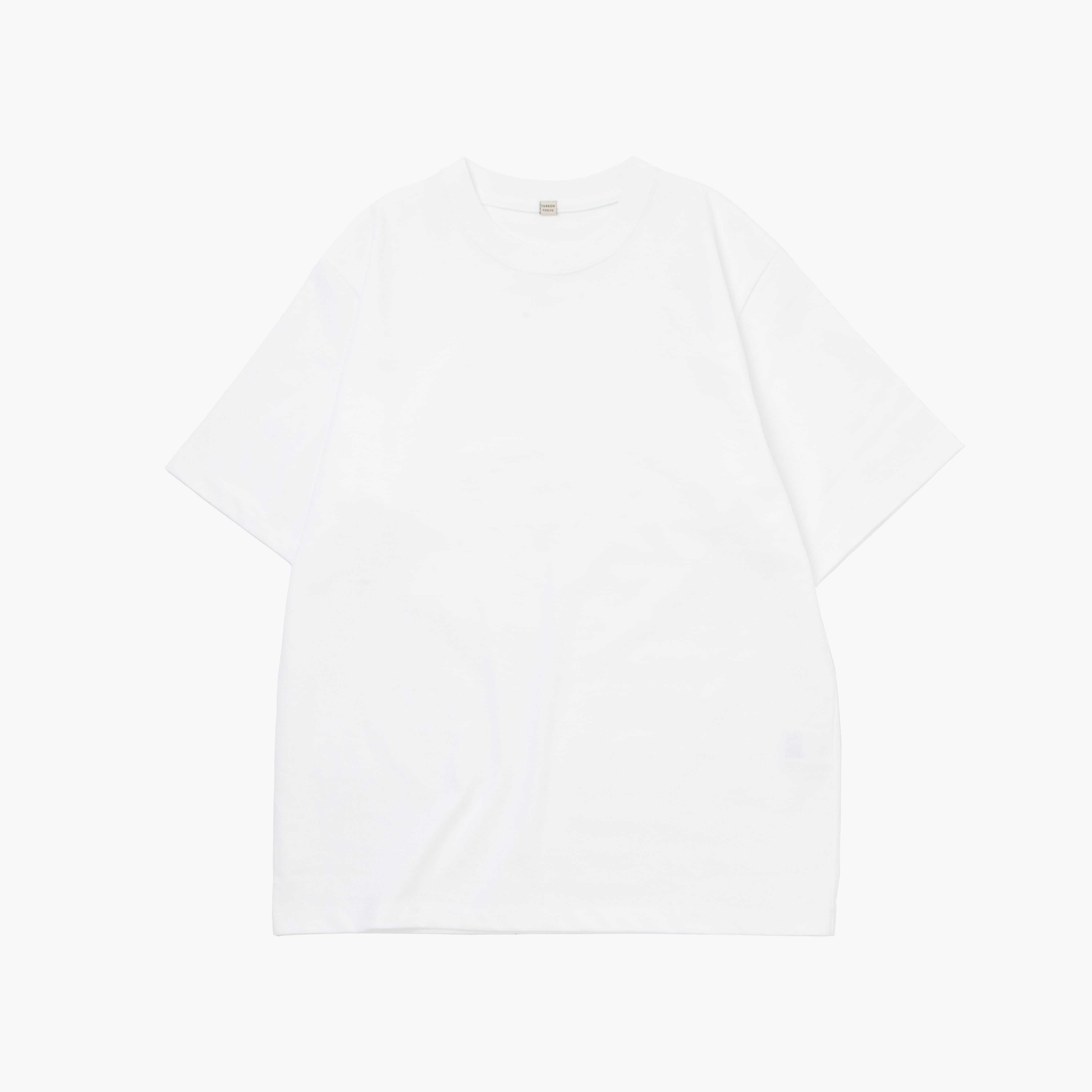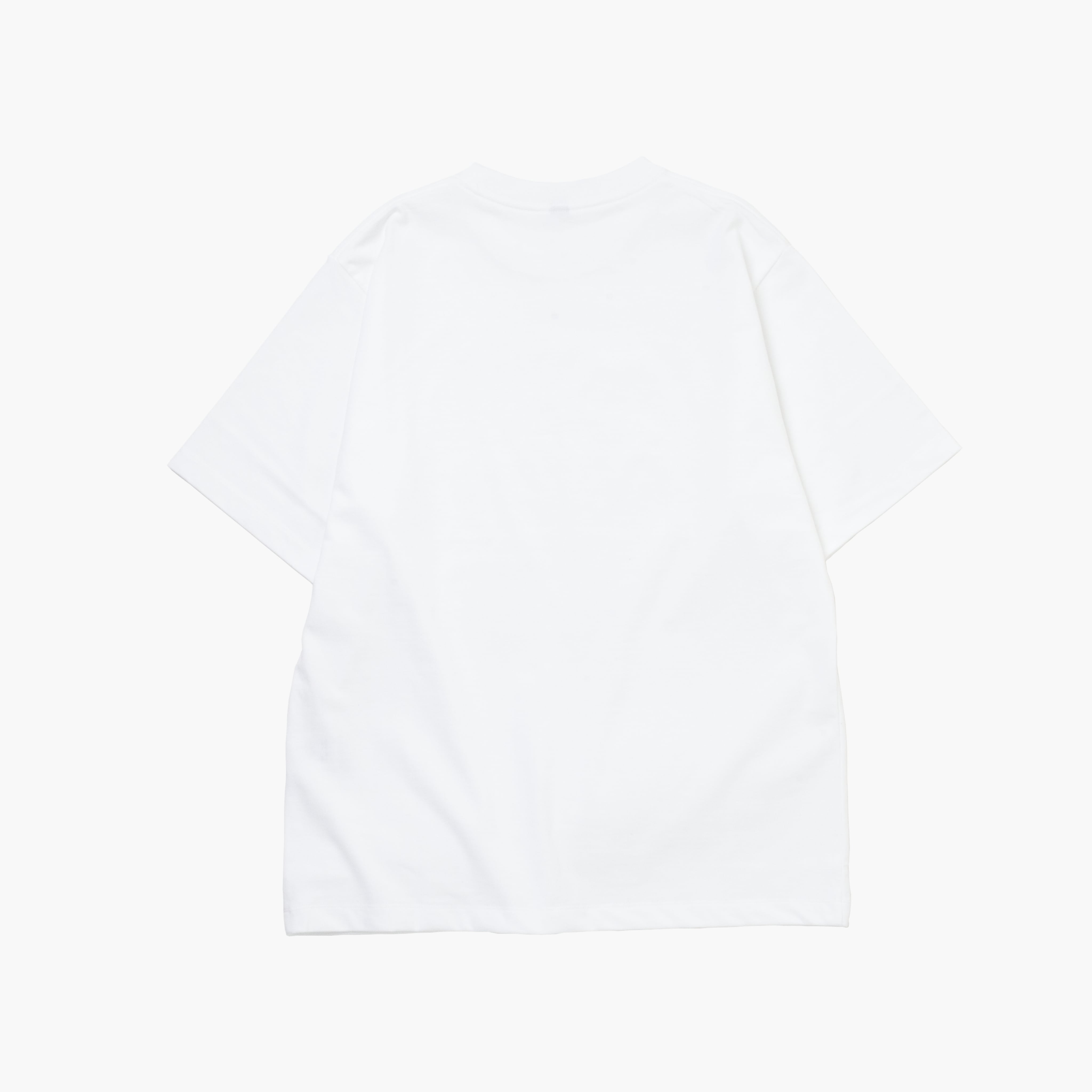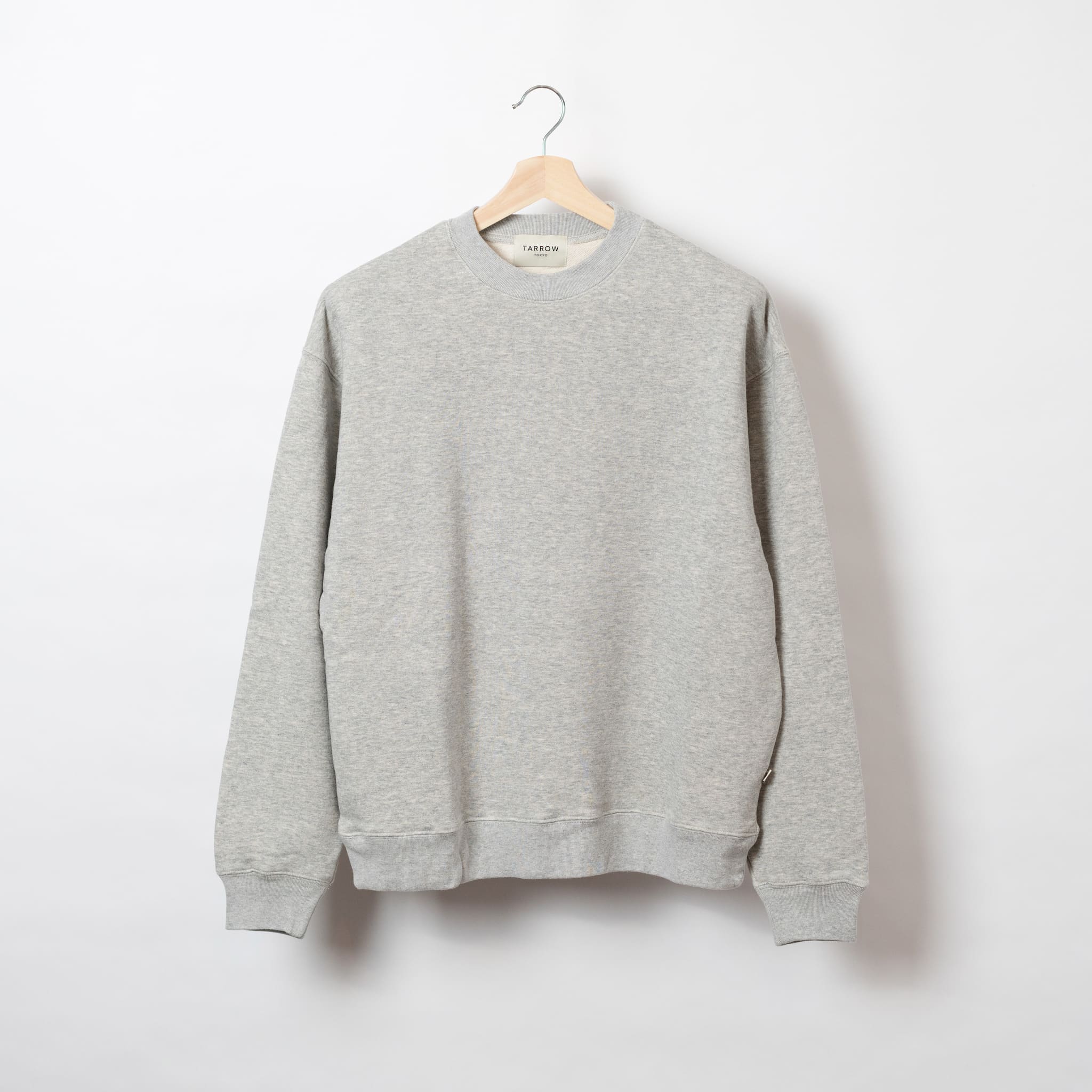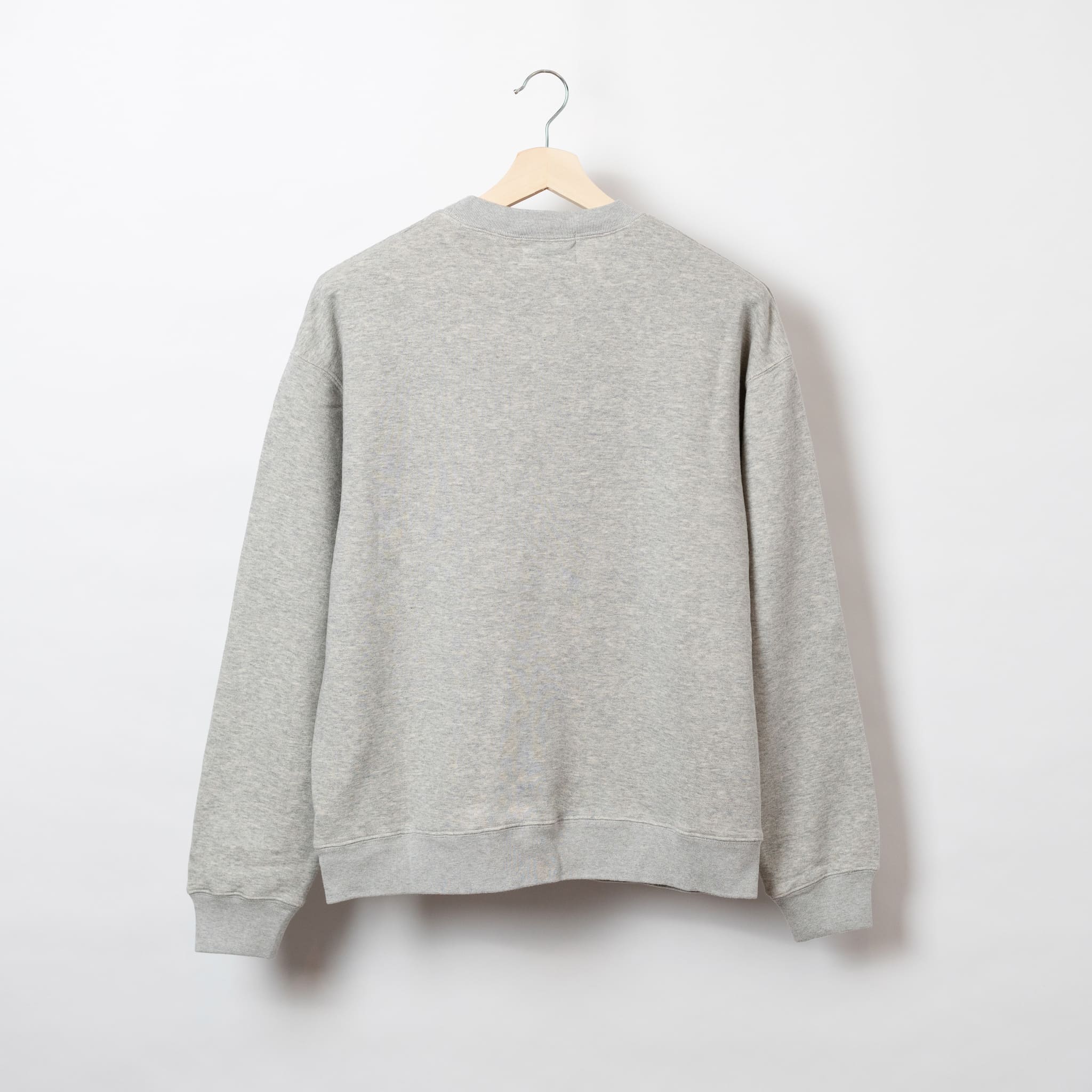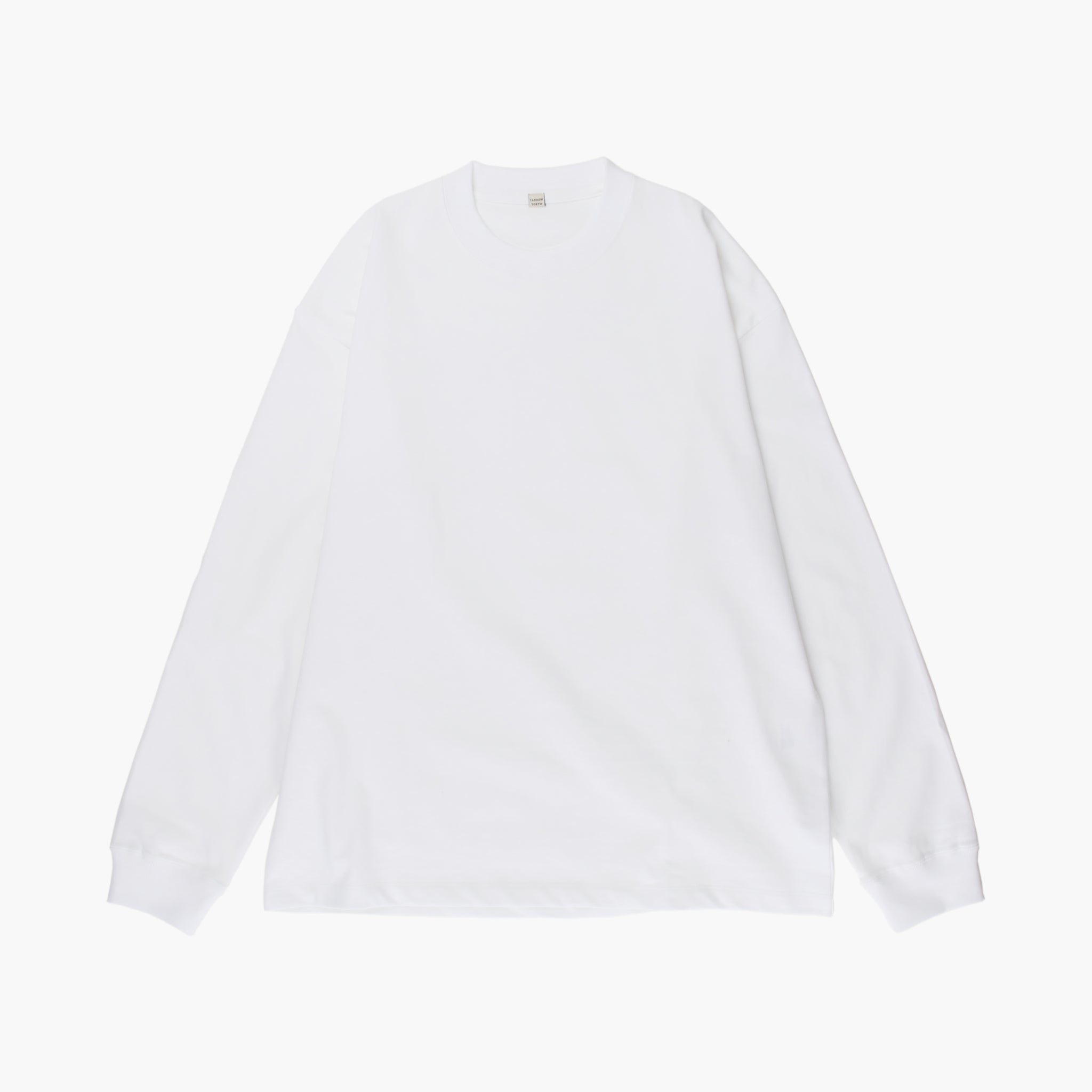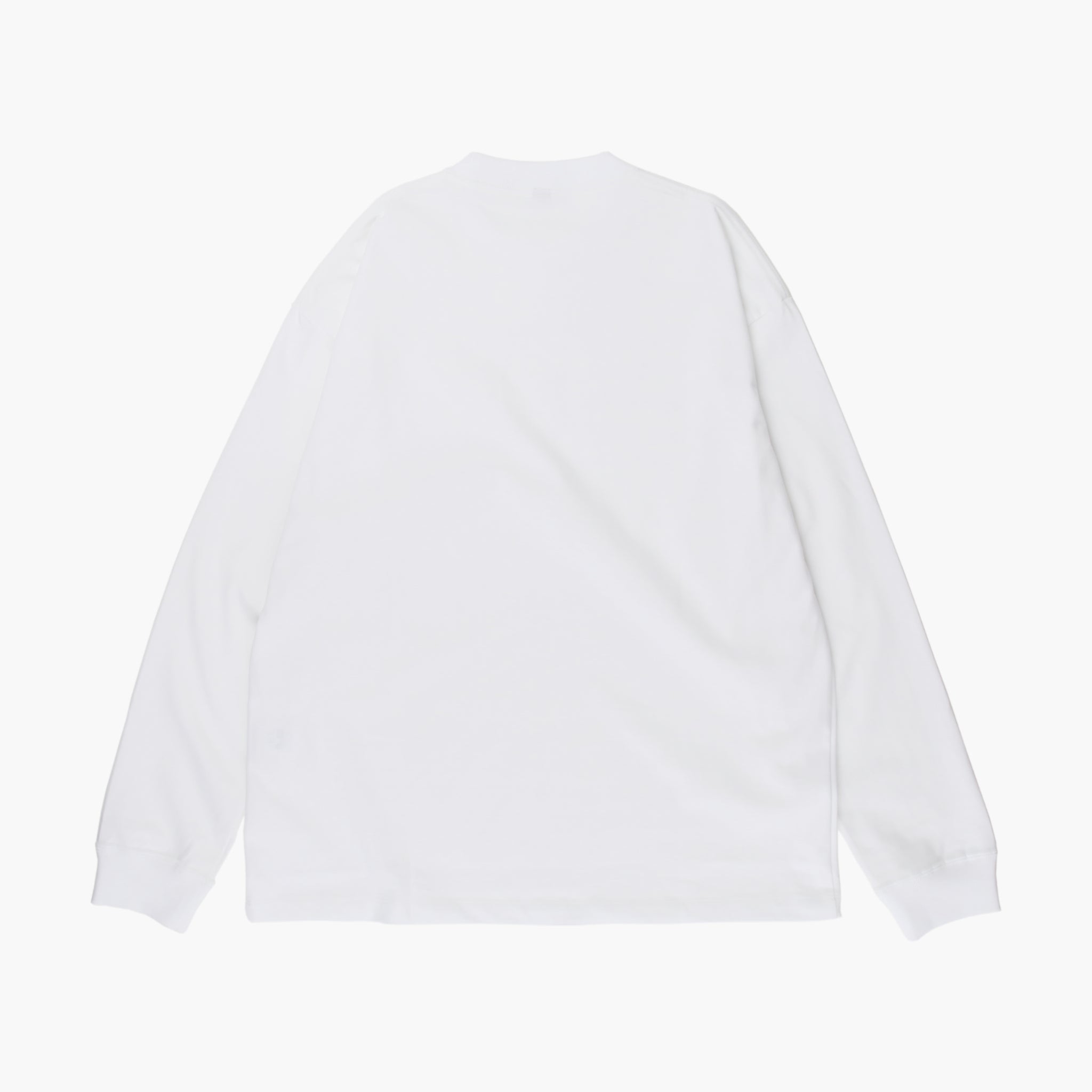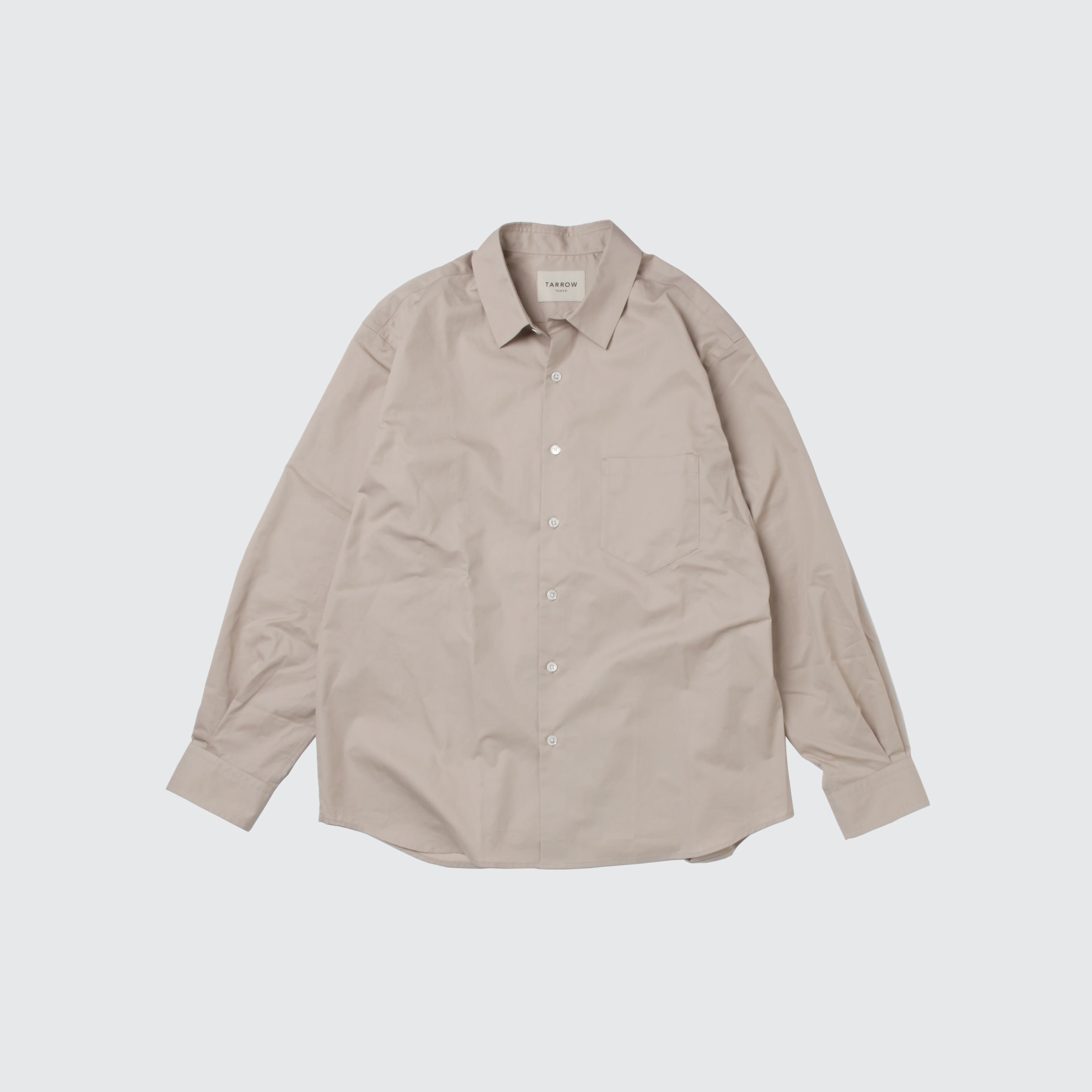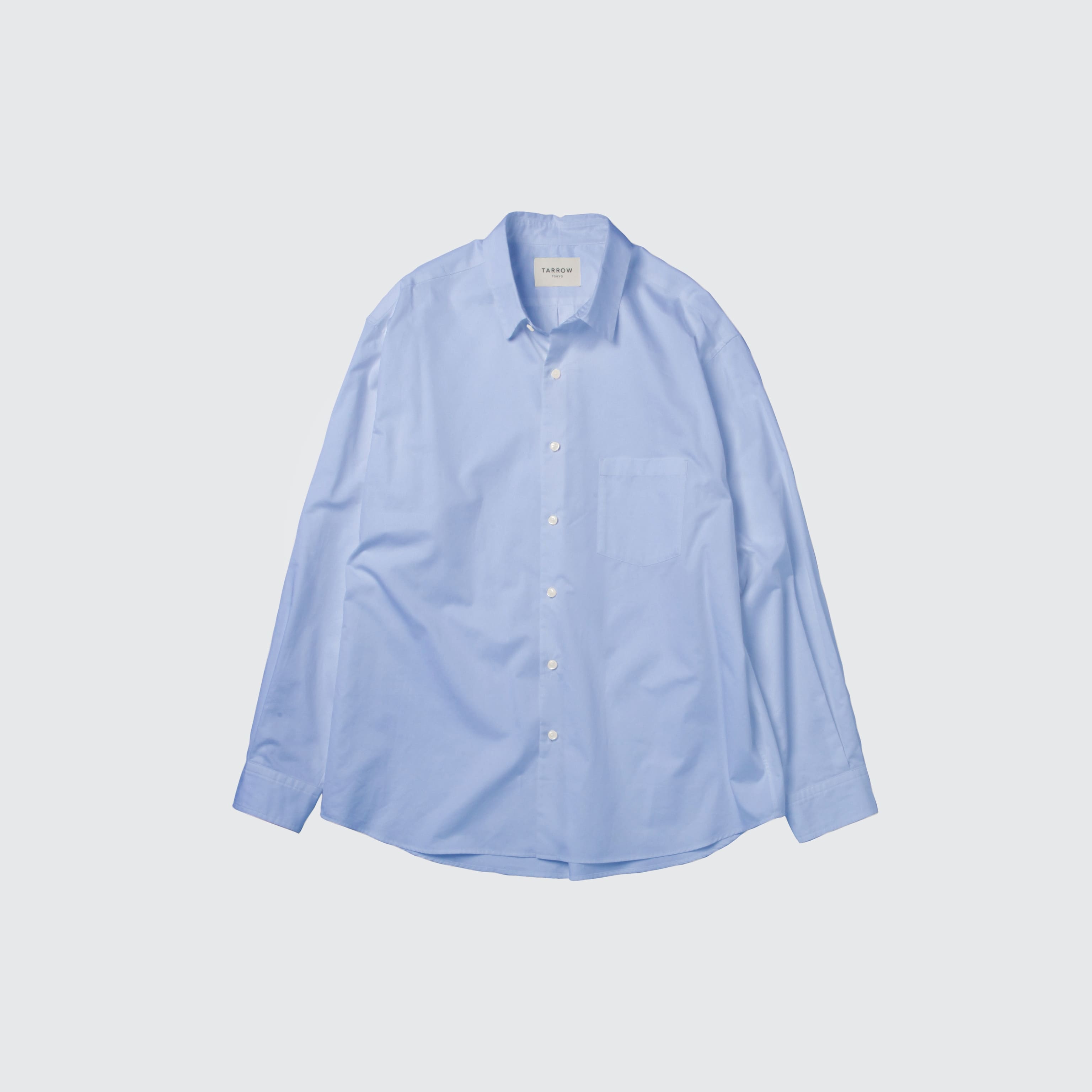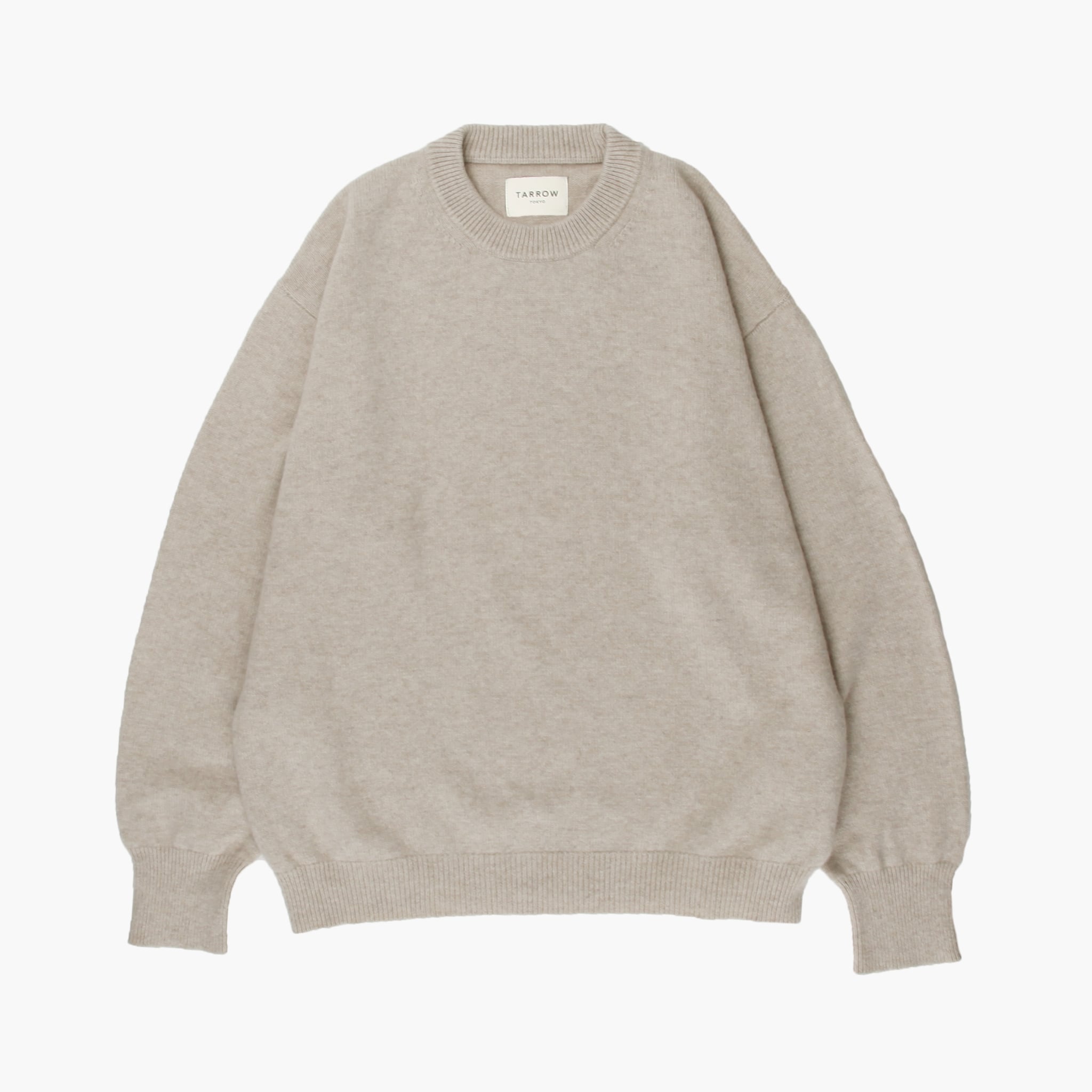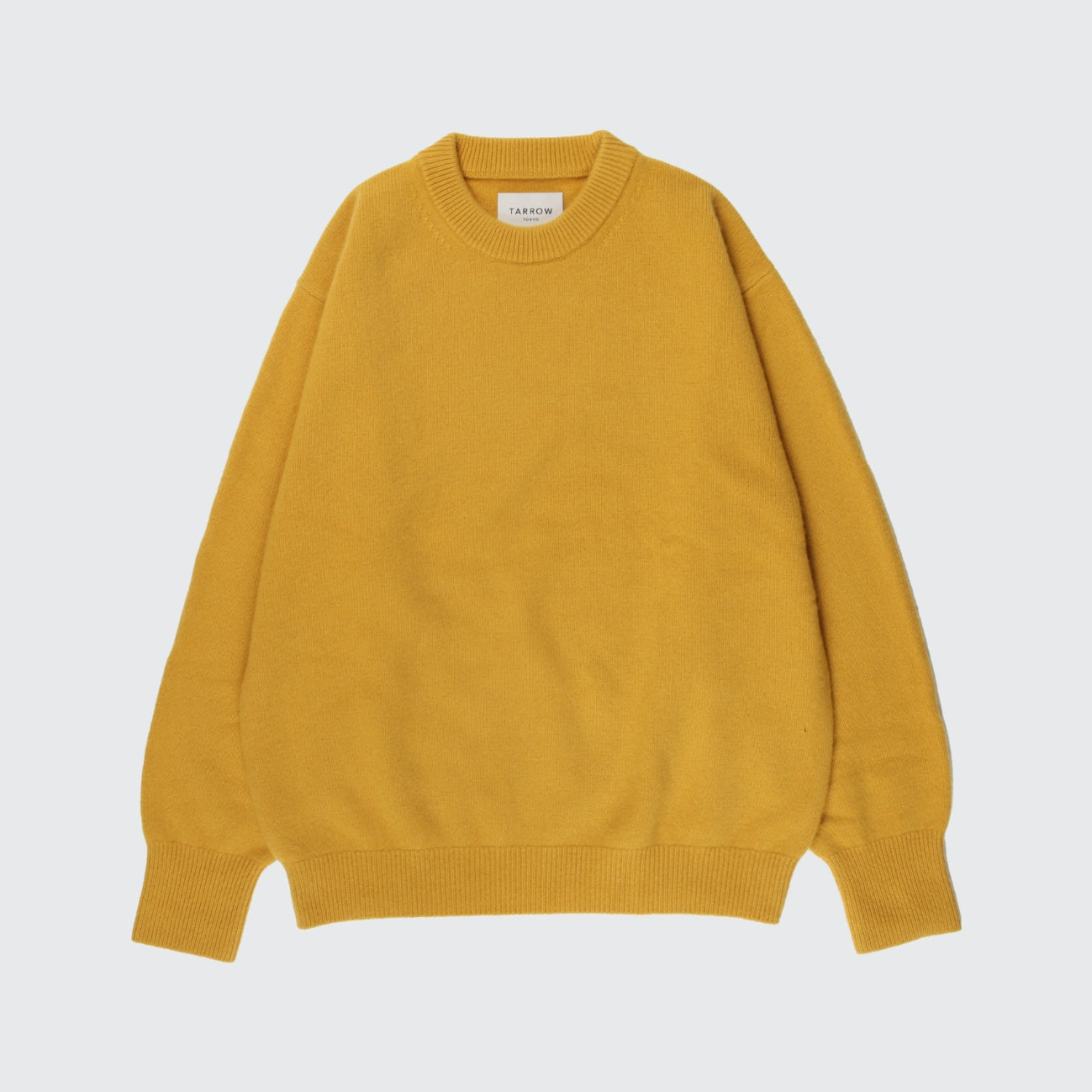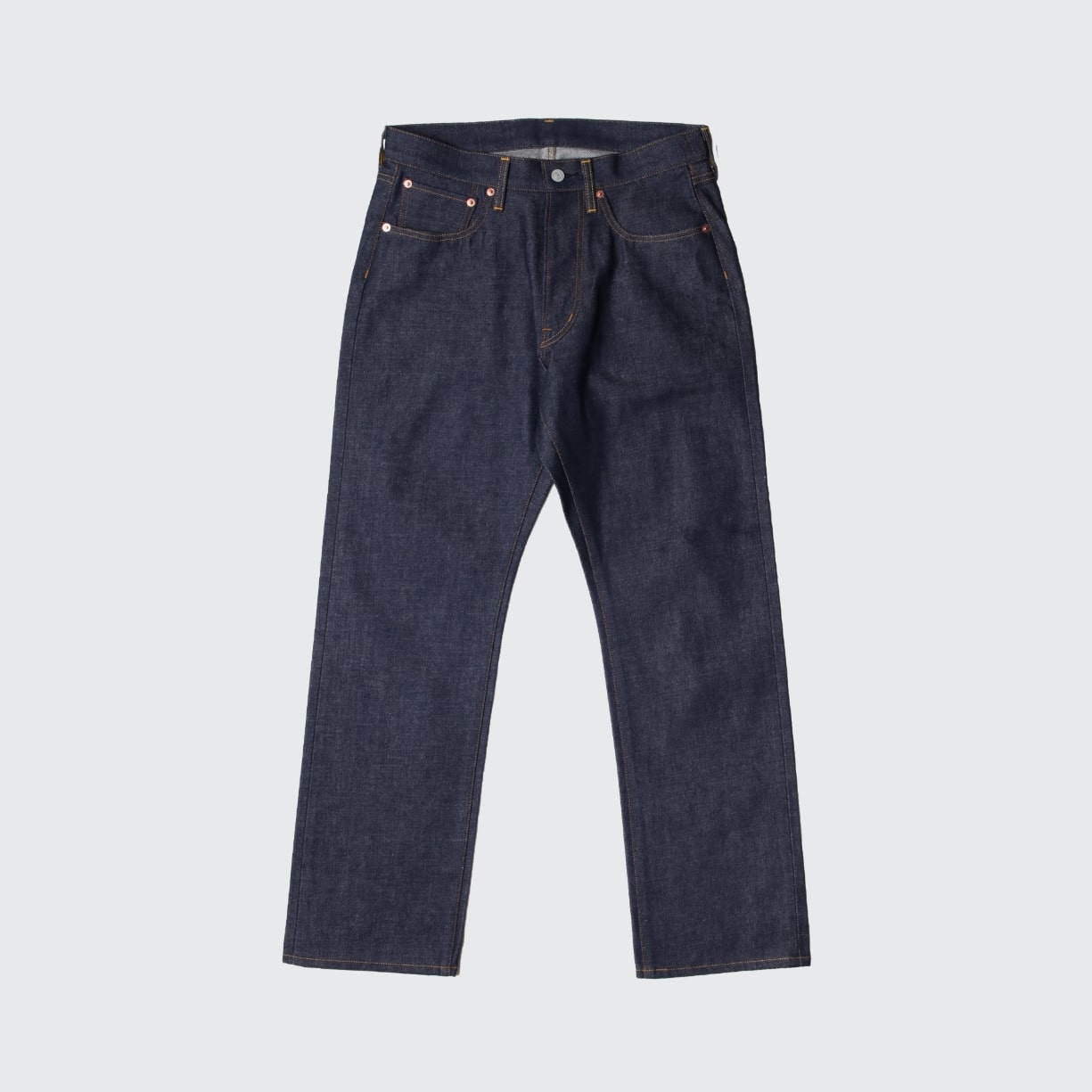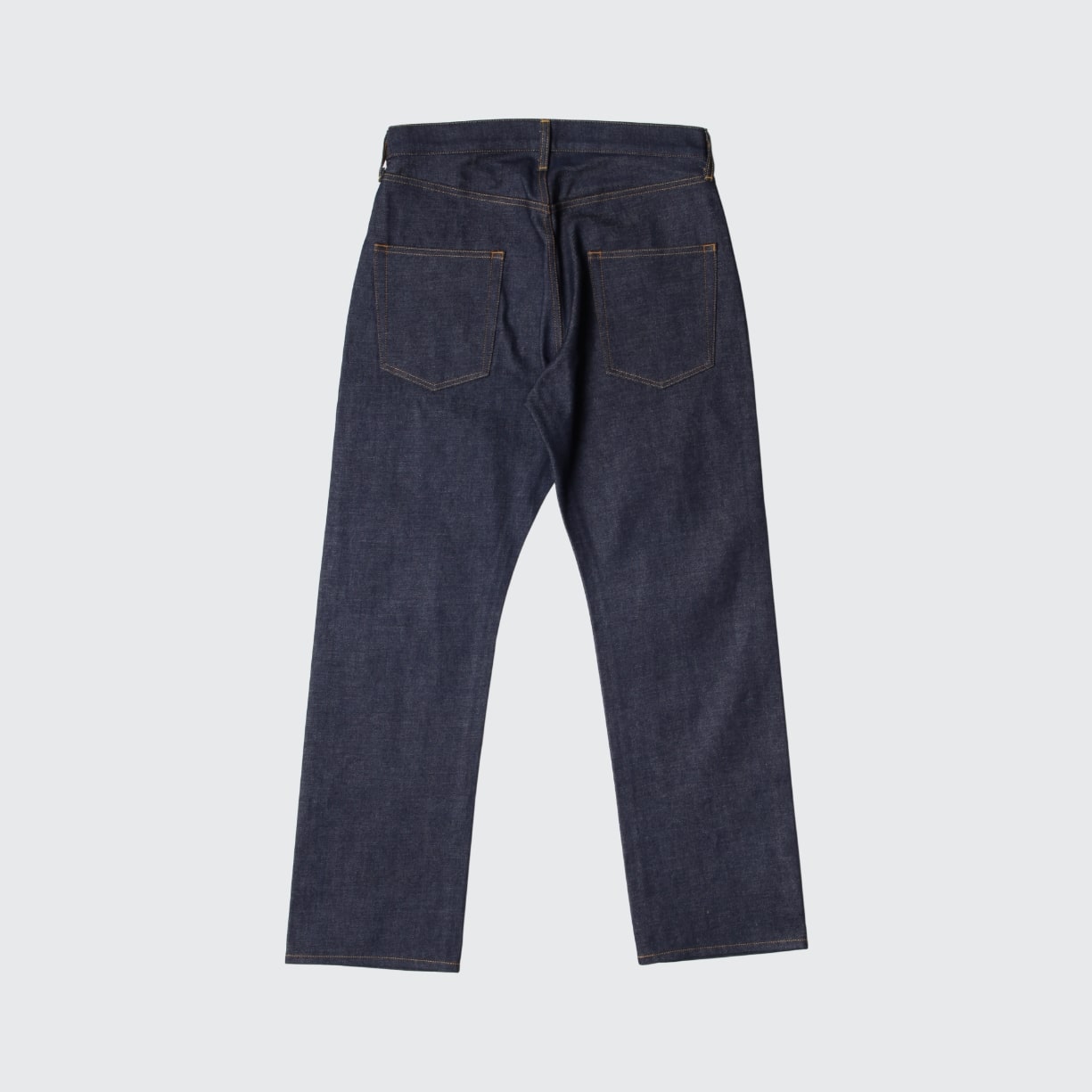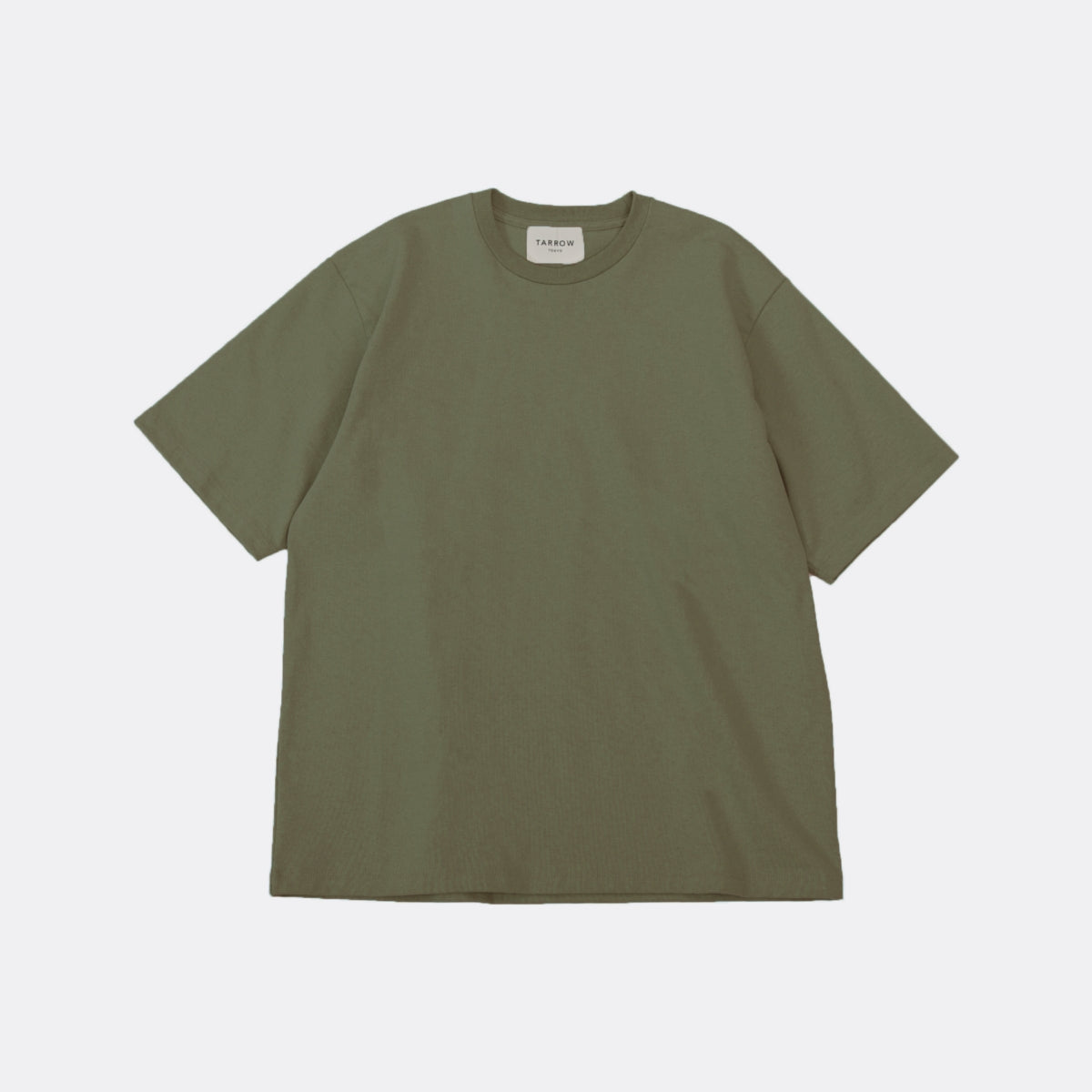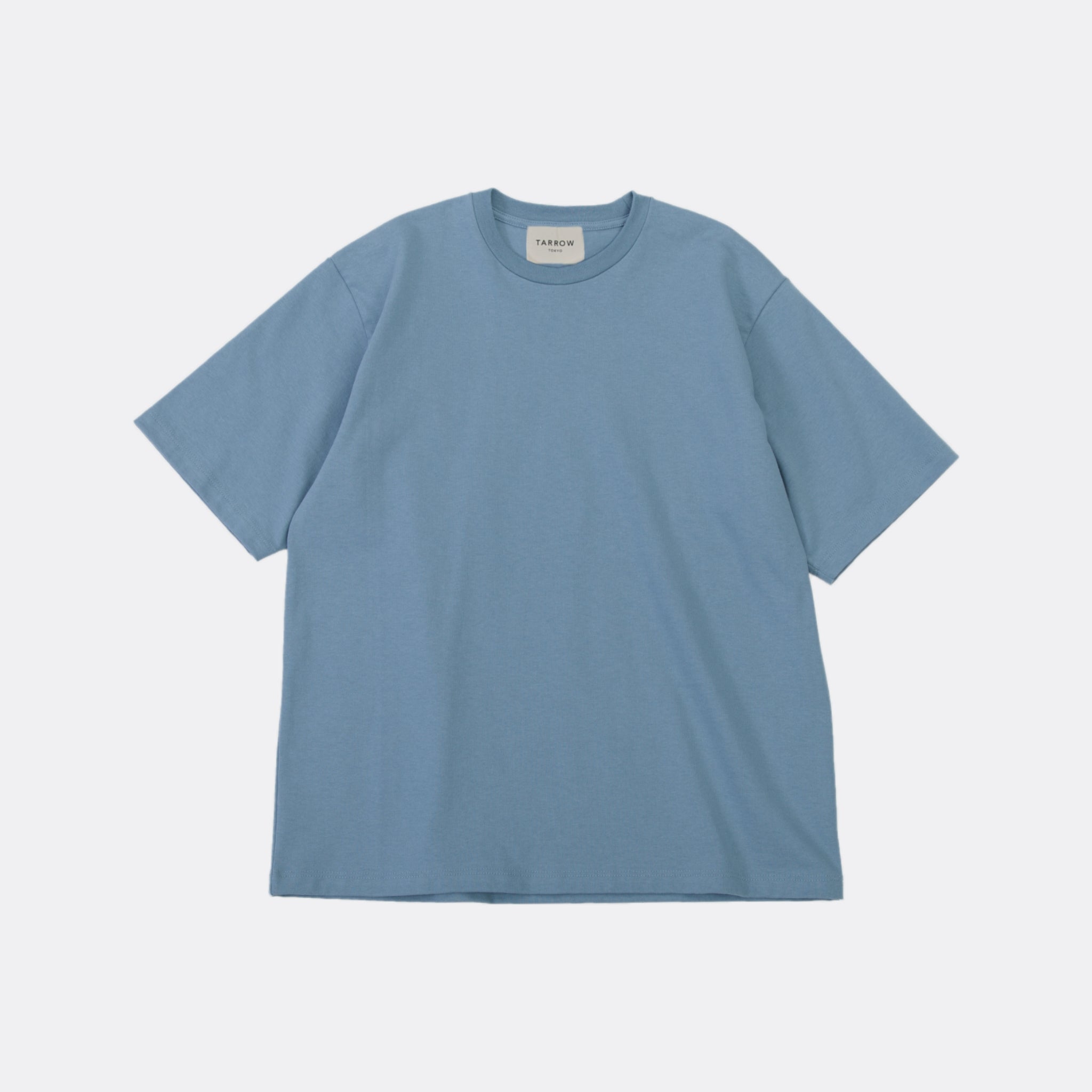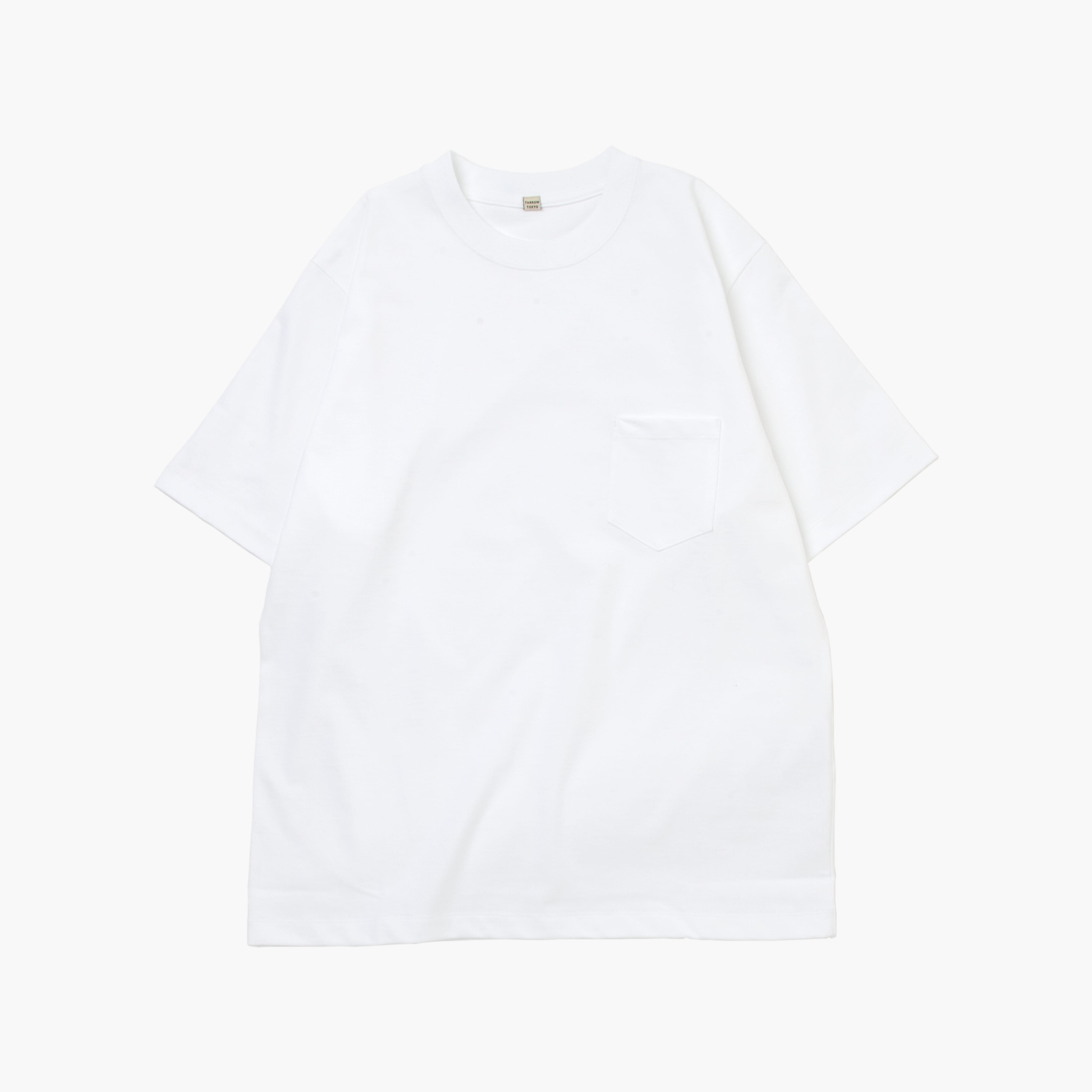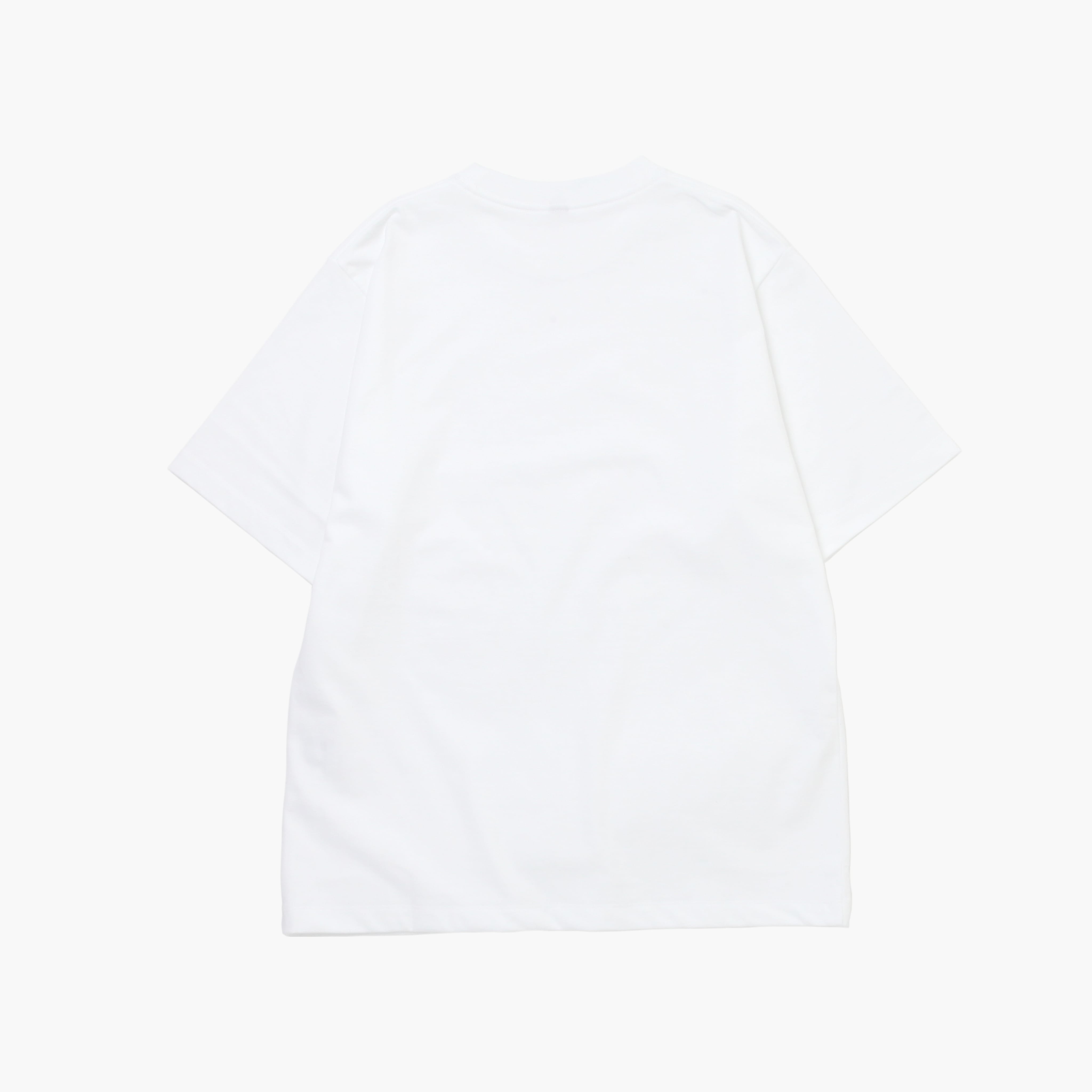Here is the coat made with Master Shield fabric.
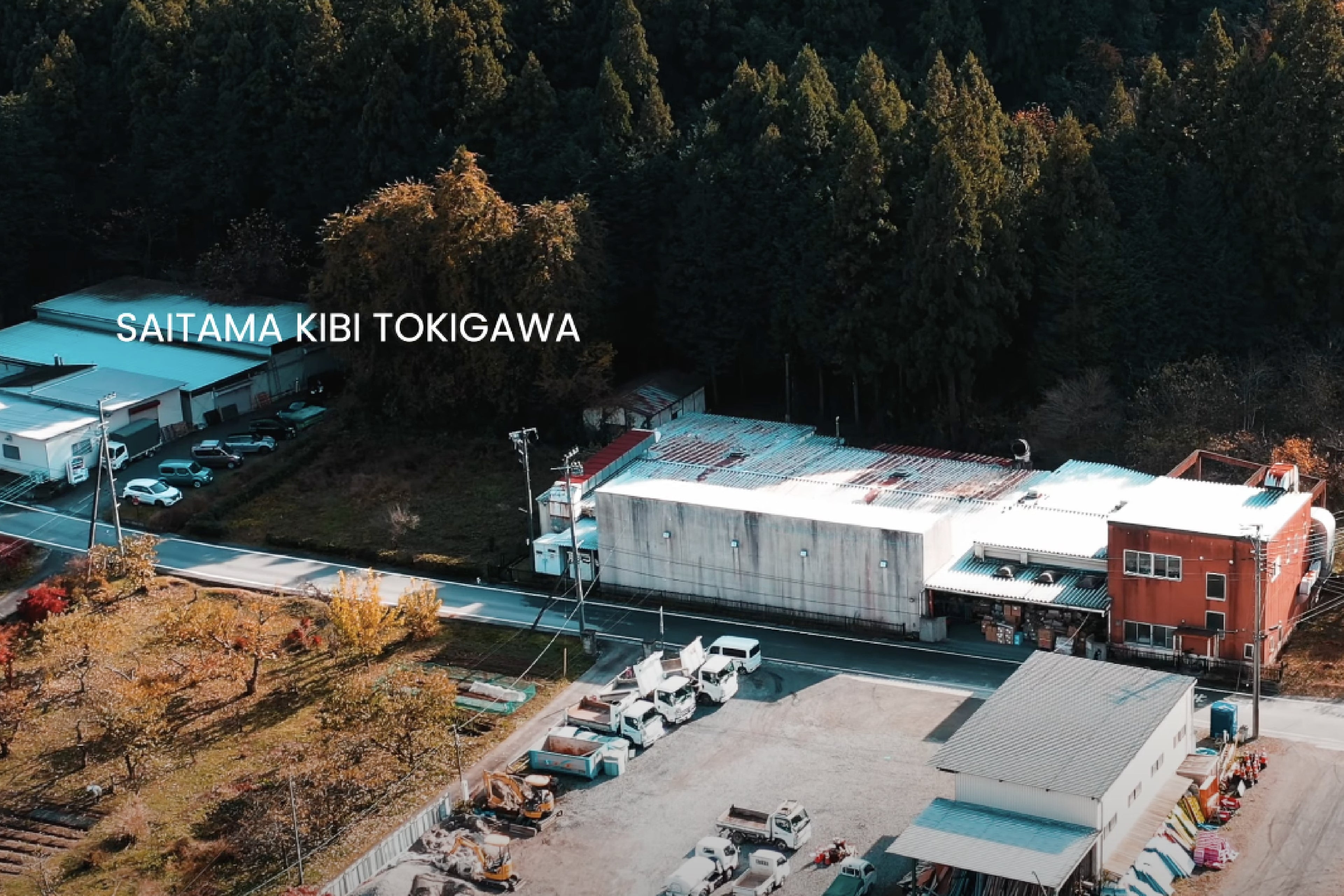
Highest quality coat fabric born from 130 years of history | TARROW TOKYO
Please introduce yourself.
Nohara: My name is Tamio Nohara. I am the CEO of Daiwa Intertech. I was born in 1961 and am 61 years old.

Currently, we are producing high-density yarn-dyed cotton coat fabric, something that is said to be something that only we can make.

Please tell us about Daiwa Intertech.
Nohara: We started making yarn-dyed coat fabrics around 1975, which was around the time of the oil crisis. Since then, we have been making yarn-dyed 2/2 twill fabrics, in other words twill, or what is called gabardine, in earnest, for the past 45 to 50 years.

It seems that our predecessor exported to the US immediately after the war. I am the fifth generation owner, and I have heard that during the third and fourth generations, they exported a considerable amount of yarn-dyed fabric for coats to the US.

What are the characteristics of the fabric used for this TARROW coat?
Nohara: The fabric we're using this time is called Master Shield. It's woven at a high density and is excellent for protecting your body and clothing from various hazards such as the outside air, temperature, and weather.

The dyeing method is called Sulfur dyeing. It is a dyeing method that was invented in Germany in 1902. Sulfur dyeing was used in Germany for a long time, but after spreading throughout Europe, it was also introduced to Japan. I think we are the only company that can do this method today.

For example, even if it is a plain fabric, dyeing the thread first somehow gives the fabric a three-dimensional look, rather than dyeing it black from a white fabric. In particular, the intermediate colors are excellent and are highly resistant to discoloration due to light and sweat, and fading over time.
In theory, even if it sits in a department store closet for 10 years, the shoulders will stay the same color and won't fade, which I think is a must-have feature for outerwear.
How would you like to wear a TARROW TOKYO coat?
Nohara: It's a fabric with many benefits, so I hope people will take good care of it and wear it for a long time.
In Japan, the climate is hot and humid, so people will probably put away their outerwear and coats in May, when the cherry blossoms bloom and Golden Week comes around. At that time, if you remove as much moisture as possible and store them in a dry environment until September or October, I think you will be able to wear them for a long time.

Due to the characteristics of the fabric, the cuffs, collar, and hem are flat woven, so they do tend to tear. Rather than thinking, "It's torn," or "I don't like it," I hope you will enjoy it as an outerwear piece, although it's not what you would call a coat.

To prevent this from happening, buy clothes with longer sleeves and hems, and if they start to get a little torn after five or ten years, tuck them in and have them repaired at a local tailor. It will cost 2,000 to 3,000 yen, but if you do this, I think you'll be able to wear them for a long time without getting bored.



